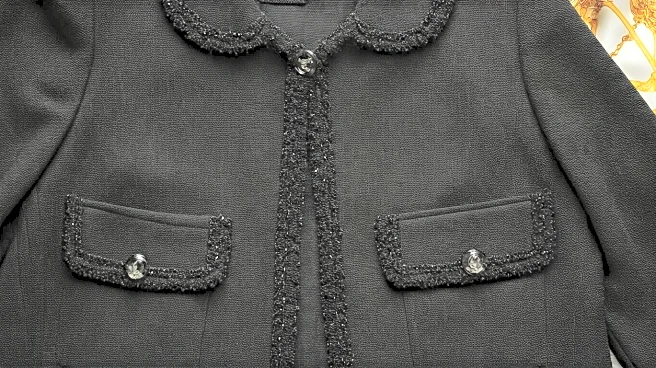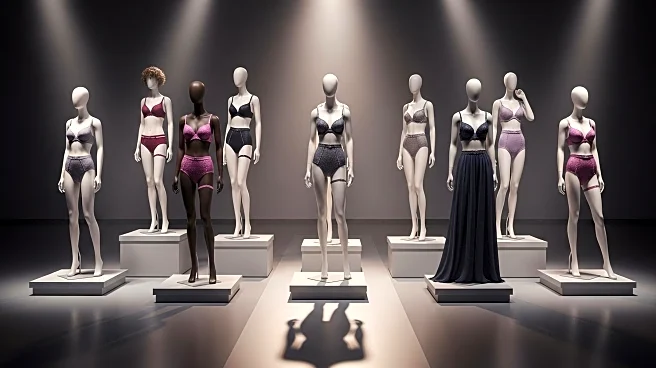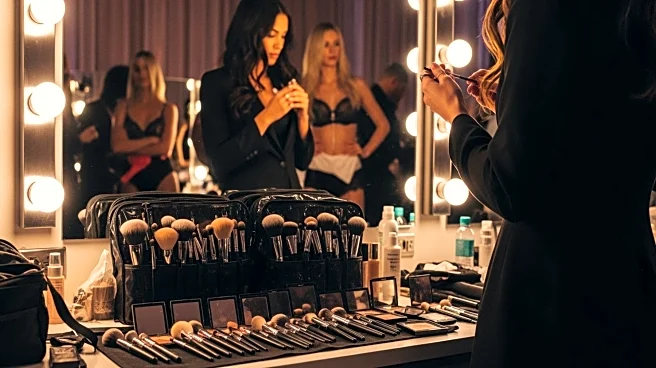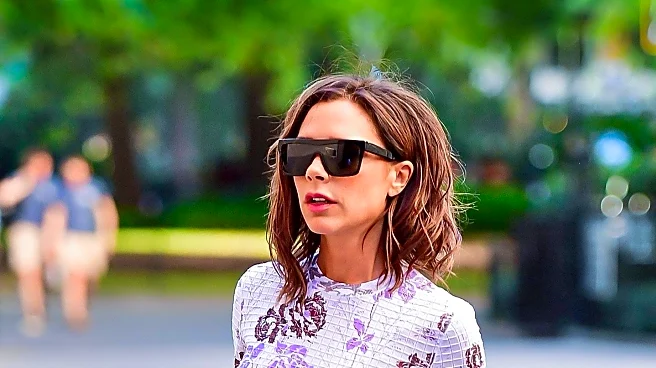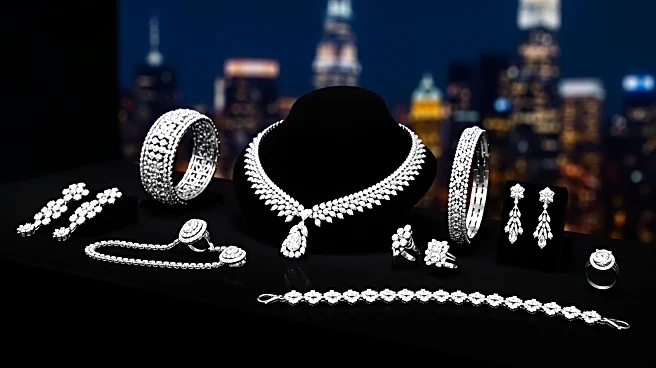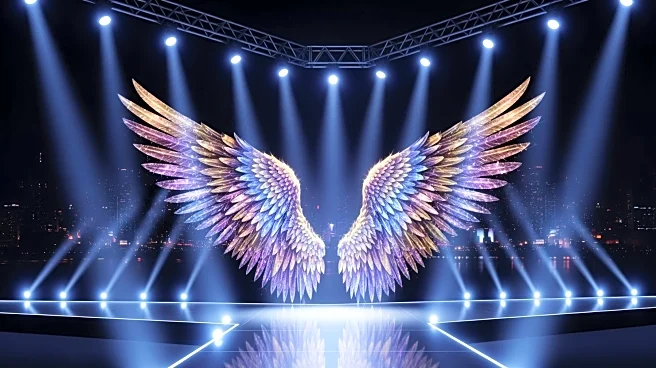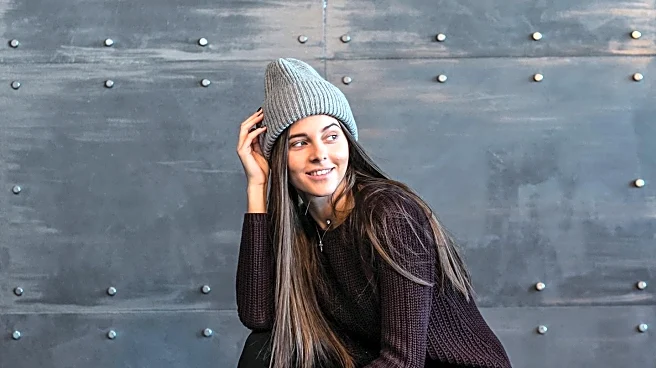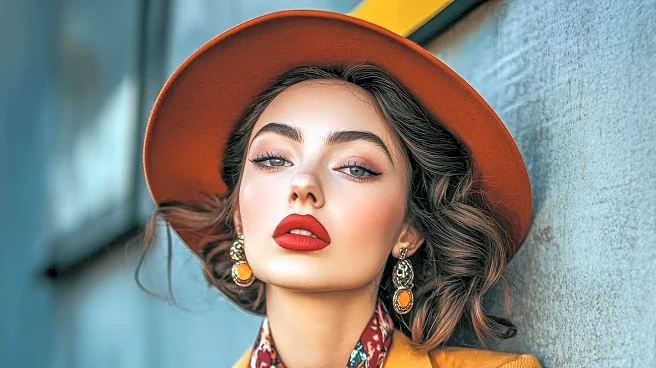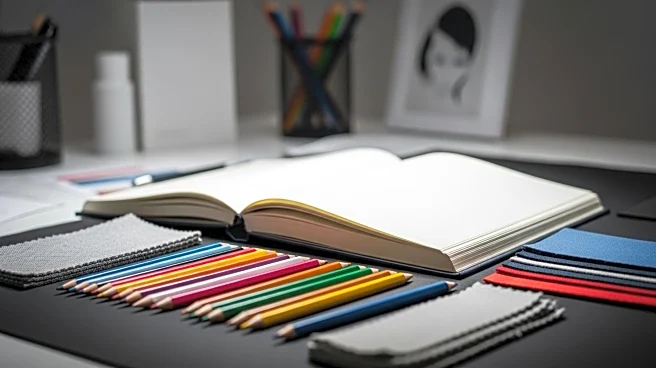Timeless Garments' Appeal
Certain garments possess the remarkable ability to transcend trends and maintain their appeal through decades. Consider the **little black dress**, a staple popularized by Coco Chanel in the 1920s. Its
versatility, simplicity, and elegance have made it a go-to choice for various occasions. The appeal lies in its adaptability; it can be dressed up with accessories or worn casually, making it a wardrobe essential for many. Similarly, the classic trench coat, originating from military origins, has become a symbol of sophistication. Its functionality and style have made it a favorite for both men and women, often seen in film and street style. The white shirt, with its clean lines and versatility, is another example. It provides a blank canvas for individual expression, paired with jeans, skirts, or tailored trousers. These pieces represent enduring style through their ability to adapt to changing fashions, showcasing how certain designs, with the right characteristics, can remain relevant regardless of the passing trends. Their longevity suggests they represent an essential form of design that is not tied to any single period.
The Power of Design
Beyond individual garments, certain designers have played a pivotal role in shaping iconic fashion. Designers like **Coco Chanel**, known for her revolutionary approach to women's fashion, challenged traditional constraints. Her designs emphasized comfort and practicality, introducing the little black dress, tweed suits, and jersey fabrics. These pieces not only altered women's wardrobes but also changed perceptions about women's roles in society. Christian Dior's 'New Look' after World War II was also a defining moment. This included voluminous skirts and tailored jackets. While controversial at the time, it signified a return to luxury and femininity after the austerity of war. Yves Saint Laurent, in the 1960s, introduced the concept of ready-to-wear, democratizing fashion by making designer styles more accessible. His iconic tuxedo suit for women challenged gender norms. These designers created distinctive aesthetic worlds that reflect their understanding of design, function, and expression. Their ability to innovate, while still respecting existing traditions, cemented their legacy and continues to shape the fashion industry.
Celebrity Influence on Fashion
Celebrities have always wielded significant influence over fashion. Their choices often shape trends and fuel demand for certain styles. **Audrey Hepburn**, with her elegant style in films like *Breakfast at Tiffany's*, popularized simple silhouettes, ballet flats, and the iconic little black dress. Her influence went beyond her films, with many women seeking to emulate her timeless style. More recently, celebrities like Rihanna and Zendaya have showcased outfits that become instantly recognizable. Through red carpet appearances, social media, and collaborations, they influence the styles adopted by people worldwide. The power of celebrity endorsements can transform pieces from the realm of trend to iconic status. The combination of high visibility, public admiration, and the power of marketing creates the perfect conditions for new styles to emerge. The celebrity impact is more than just fashion; it is also a cultural signifier of lifestyle and values, impacting the brands and designers. Their influence continues to reshape the fashion world.
Runway's Enduring Impact
Fashion shows, particularly those from prominent brands and designers, often present pieces that have a lasting impact. The **Victoria's Secret Fashion Show**, for example, which ran for decades, became a cultural event. While the show has been discontinued in its traditional format, the looks presented, including elaborate lingerie, wings, and accessories, continue to resonate. The designs, often elaborate and fantastical, set trends that influence both haute couture and more accessible markets. Beyond shows, the impact can be seen in the runway looks themselves. Each runway show is an example of creative vision, with the power to inspire new designers, stylists, and consumers. The designs displayed reflect a unique viewpoint on culture, style, and identity, influencing broader fashion narratives. Runway shows become a platform for designers to push boundaries, showcase innovation, and set the tone for seasonal trends. This ultimately contributes to the dynamic and evolving nature of fashion.
The Rise of Street Style
Street style has evolved from niche to mainstream, demonstrating the ways fashion can be shared. The rise of social media platforms and fashion blogs has amplified its influence. Street style photographers capture looks worn by everyday people, influencing trends and popularizing styles beyond traditional fashion venues. This democratizing aspect of fashion is increasingly important. This allows people to create and share their sense of style, regardless of their budget or connections. Street style helps popularize niche trends or subcultures, making them more widely accessible. Through platforms like Instagram and Pinterest, street style enthusiasts have an unprecedented capacity to connect with each other. This creates a global network that impacts fashion, which is a powerful example of how culture spreads. These platforms create a broader and more diverse visual representation of style, promoting inclusiveness and innovation. This also influences major designers and brands to produce clothing that fits a wide range of needs.
Fabric and Texture's Role
The materials used in clothing design play a critical role in determining the final look and feel of a piece. The texture, weight, and drape of a fabric contribute significantly to a garment's appeal. Fabrics like **silk** are often used in high-fashion pieces for their luxurious feel and elegant drape. Silk has a sheen and fluidity that is suitable for evening wear and special occasions. **Wool**, with its warmth and durability, is a staple in winter fashion, appearing in everything from coats to sweaters. Cotton, on the other hand, is a versatile fabric suitable for casual and formal wear. It is breathable and can be dyed in various colors and patterns. The combination of different fabrics can also create unique looks. Designers frequently mix textures and weights, creating garments that are visually and tactilely interesting. Choosing and applying the right fabrics is an integral part of the design process. The textile industry continues to develop new and sustainable materials. This contributes to the evolution of fashion.
Accessories and Their Impact
Accessories play a vital role in defining an outfit. They have the power to elevate a look or define a personal style. The right accessory can make a simple outfit seem complete, reflecting the wearer's personality. **Handbags**, for example, range from practical totes to statement clutches. Their styles and forms vary depending on a person’s needs, and the bags can change the way an outfit feels. Similarly, shoes offer a way to express style. From classic heels to modern sneakers, the options are many. **Jewelry** adds shine to any outfit, and there is a diverse variety of pieces. From simple necklaces to elaborate earrings, jewelry can enhance the elegance of the clothes worn. Scarves and hats contribute by adding texture and color to an outfit. These allow individuals to experiment with prints, colors, and patterns. Accessories are constantly adapting and changing with the times, influencing fashion trends. The right choices can turn ordinary outfits into memorable ones, offering a unique opportunity for creative expression.
The Future of Fashion
The fashion industry continues to evolve, shaped by technological advancements, environmental concerns, and changing social values. **Sustainability** is a key focus, with consumers and designers looking for eco-friendly and ethical options. This includes using recycled materials, reducing waste in production processes, and improving supply chain transparency. Technology is also transforming how people interact with fashion. Artificial intelligence (AI) is already being used in design. It helps identify trends, customize clothing, and create virtual try-on experiences. E-commerce is also expanding, with online shopping becoming more important. This means that designers and retailers need to find innovative ways to capture consumers' attention. The fashion industry faces the challenge of adapting to these changes while staying relevant and appealing. The ability of fashion to adapt will make it a continuing and important component of our culture.
Iconic Styles and You
Incorporating iconic styles into one's wardrobe does not mean having to replicate past trends. The goal is to choose pieces that reflect personal style and enhance individual expression. This means taking inspiration from classic designs while ensuring the looks are updated. First, one should know what styles look best. Knowing the silhouettes and colors that complement the individual's body type and skin tone is key. Versatile pieces like a well-fitting blazer, a classic pair of jeans, or a simple white shirt, can act as a base for different outfits. These versatile items will serve as a foundation that can be expanded on with accessories or more daring pieces. Most importantly, one's approach to fashion should be to embrace personal style. This is the surest way to build a closet that lasts for years. Fashion is about self-expression, so it should bring joy. It should also be adaptable to the wearer's individuality.
